StorytellingCaipira
29 April – 9 July 2016
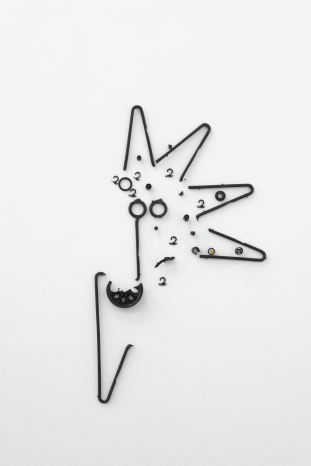
Adriano Costa,
AcneLisa
(theBalletDancers)
2016
Bronze, plastic
92 x 51 cm
AcneLisa
(theBalletDancers)
2016
Bronze, plastic
92 x 51 cm
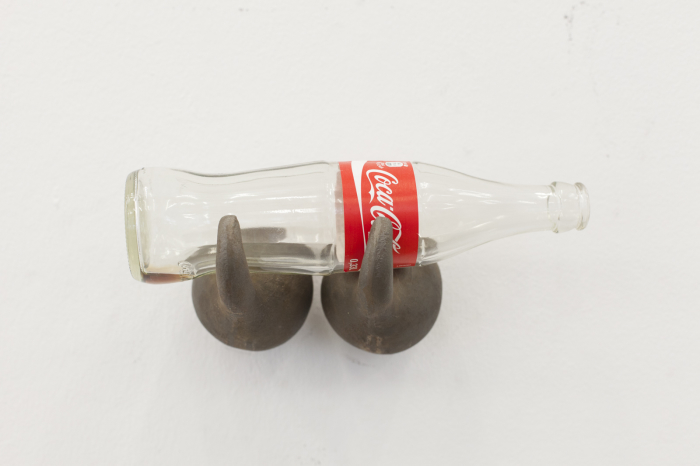
Adriano Costa
PopTitsToTheHitzzz, 2016
coca cola bottle on casted steel
12 x 25 x 12 cm
PopTitsToTheHitzzz, 2016
coca cola bottle on casted steel
12 x 25 x 12 cm
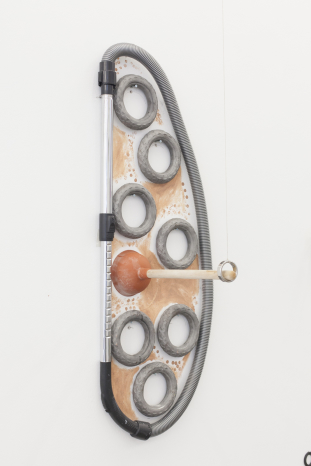
Adriano Costa
HardOn/TheBelly, 2016
vacuum cleaner tube, casted steel, metal cock ring, sink plunger and make-up on wall
114 x 45 x 42 cm
HardOn/TheBelly, 2016
vacuum cleaner tube, casted steel, metal cock ring, sink plunger and make-up on wall
114 x 45 x 42 cm
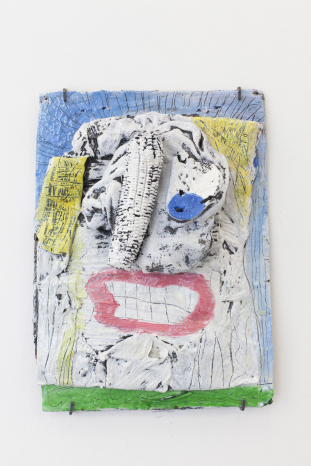
Adriano Costa
CountrysideGirl, 2016
acrylic on corn, bread, blue cloth, plastic and paper
40 x 29 x 10.5 cm
CountrysideGirl, 2016
acrylic on corn, bread, blue cloth, plastic and paper
40 x 29 x 10.5 cm
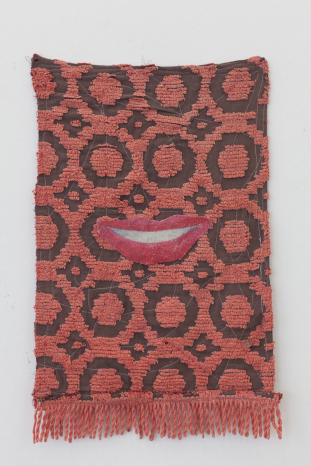
Adriano Costa
CountrysideGirl 2
2016
collage on fabric
57 x 37 x 1 cm
CountrysideGirl 2
2016
collage on fabric
57 x 37 x 1 cm
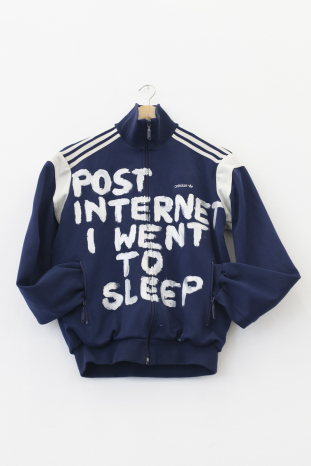
Adriano Costa
Porn, 2016
acrylic on adidas jacket
76 x 54 cm
Porn, 2016
acrylic on adidas jacket
76 x 54 cm
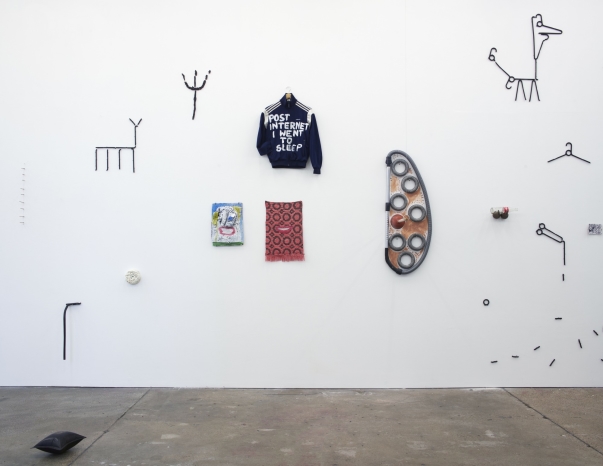
Adriano Costa "StorytellingCaipira"
Installation view at Supportico Lopez, Berlin 2016
Installation view at Supportico Lopez, Berlin 2016
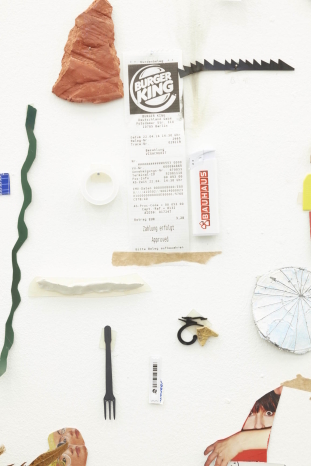
Adriano Costa
WankingAround/OneSingleLittleEpic (detail), 2016
very very very mixed media
Dimensions variable
WankingAround/OneSingleLittleEpic (detail), 2016
very very very mixed media
Dimensions variable
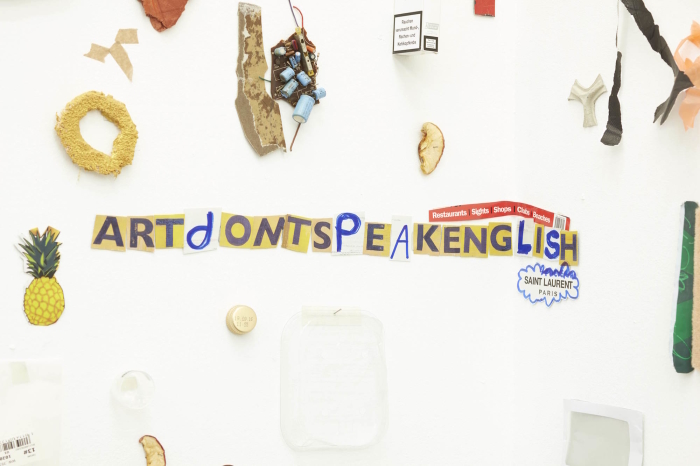
Adriano Costa
WankingAround/OneSingleLittleEpic (detail), 2016
very very very mixed media
Dimensions variable
WankingAround/OneSingleLittleEpic (detail), 2016
very very very mixed media
Dimensions variable
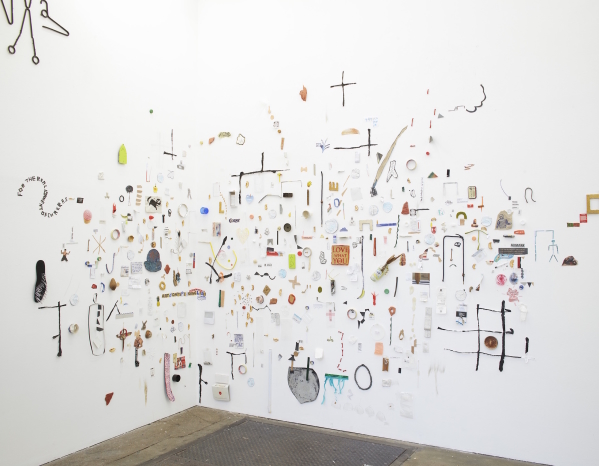
Adriano Costa
WankingAround/OneSingleLittleEpic, 2016
very very very mixed media
Dimensions variable
WankingAround/OneSingleLittleEpic, 2016
very very very mixed media
Dimensions variable
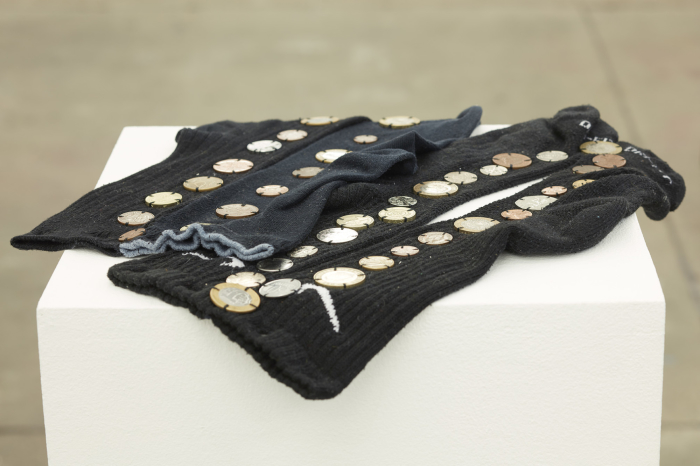
Adriano Costa
2FromMyVeryVeryVerySmallCollectionOfPussies, 2016
coins on artist's socks
32.5 x 32.5 cm
2FromMyVeryVeryVerySmallCollectionOfPussies, 2016
coins on artist's socks
32.5 x 32.5 cm
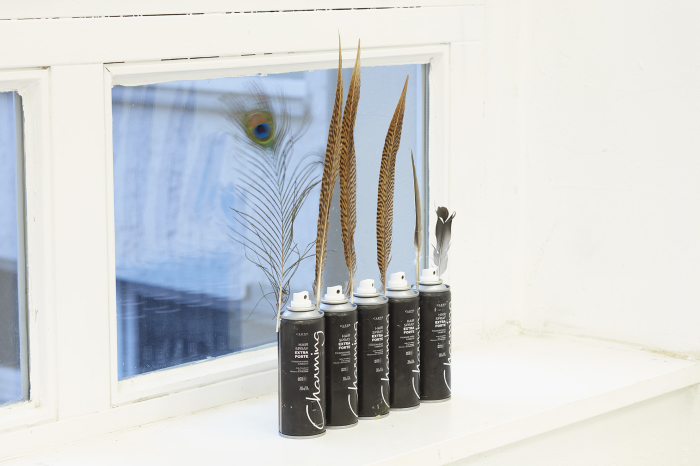
Adriano Costa
Pavone, 2016
Spray cans, peacock and pheasant feathers
46 x 27 x 5 cm
Pavone, 2016
Spray cans, peacock and pheasant feathers
46 x 27 x 5 cm
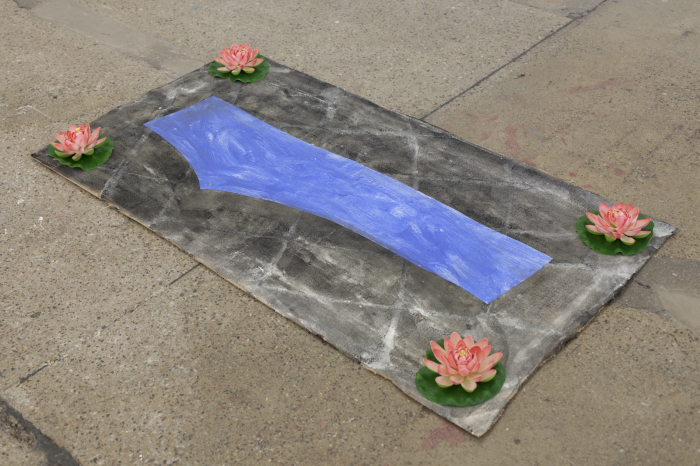
Adriano Costa
DarmaElvis/Nirvana, 2016
acrylic on carpet and fabric, plastic
75 x 145 x 8 cm
DarmaElvis/Nirvana, 2016
acrylic on carpet and fabric, plastic
75 x 145 x 8 cm
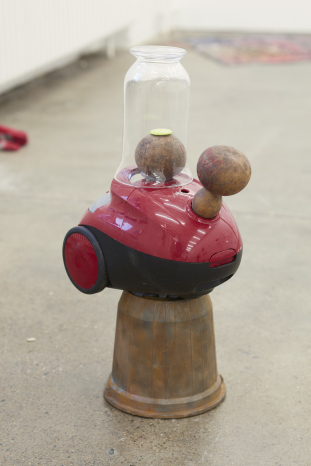
Adriano Costa
Monica, 2016
Steel, vacuum cleaner, cabaça, glass
39 x 39 x 71 cm
Monica, 2016
Steel, vacuum cleaner, cabaça, glass
39 x 39 x 71 cm
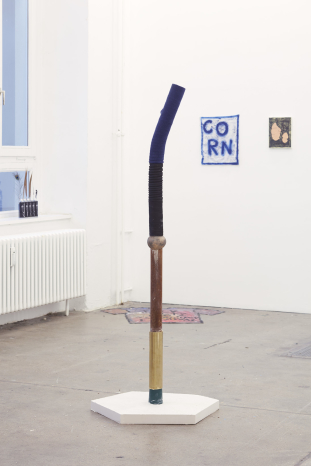
Adriano Costa
HeadlessPeople, 2016
plaster, plastic, bronze, steel, rubber, socks
173 x 70 x 70 cm
HeadlessPeople, 2016
plaster, plastic, bronze, steel, rubber, socks
173 x 70 x 70 cm
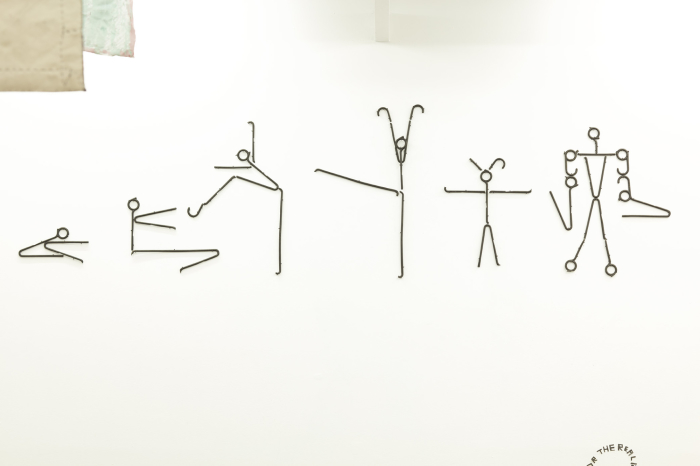
Adriano Costa
BalletDancers/Vogue
(theBalletDancers), 2016
Bronze
dimensions variable
BalletDancers/Vogue
(theBalletDancers), 2016
Bronze
dimensions variable
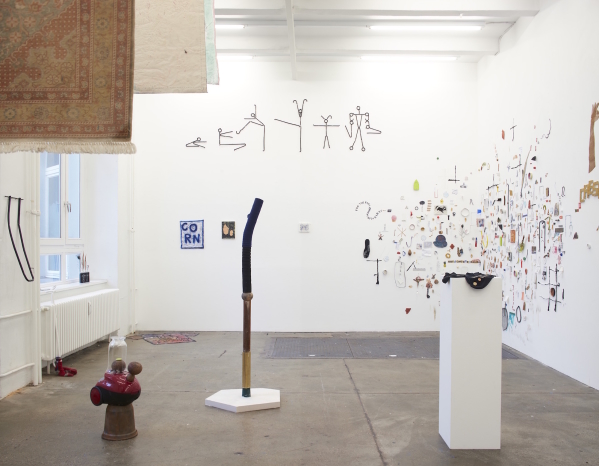
Adriano Costa "StorytellingCaipira"
Installation view at Supportico Lopez, Berlin 2016
Installation view at Supportico Lopez, Berlin 2016
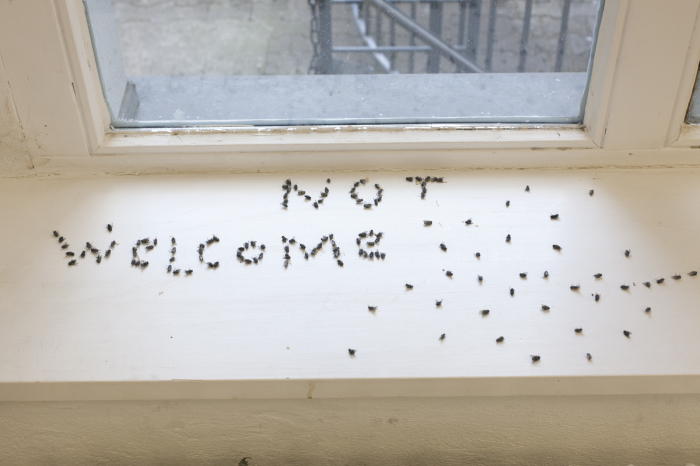
Adriano Costa
ThePeople, 2016
alive and dead flies
Dimensions variable
ThePeople, 2016
alive and dead flies
Dimensions variable
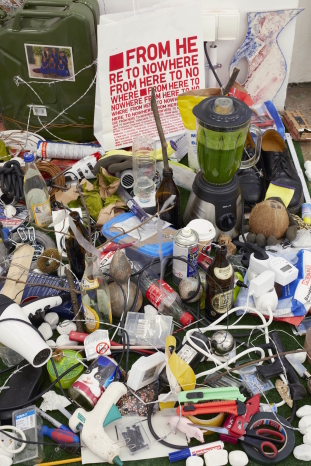
Adriano Costa "StorytellingCaipira" at Supportico Lopez, Berlin
OptimisticGardenzzz/GreenJuiceBomb, 2016 (detail)
OptimisticGardenzzz/GreenJuiceBomb, 2016 (detail)
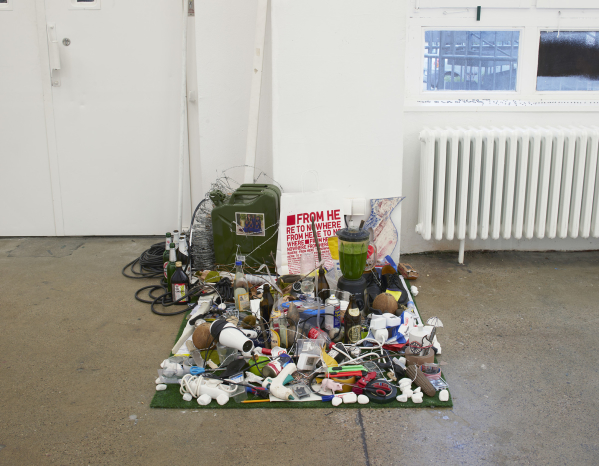
Adriano Costa
OptimisticGardenzzz/GreenJuiceBomb, 2016
very mixed media
140 x 130 x 50 cm
OptimisticGardenzzz/GreenJuiceBomb, 2016
very mixed media
140 x 130 x 50 cm
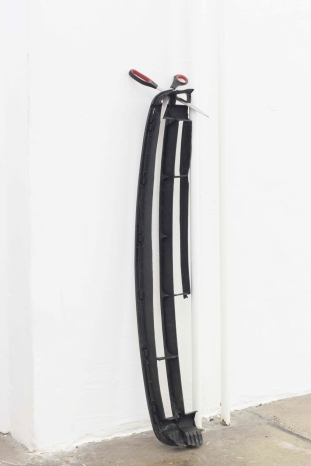
Adriano Costa
Indio, 2016
bronze, scissors
104 x 15 x 8 cm
Indio, 2016
bronze, scissors
104 x 15 x 8 cm
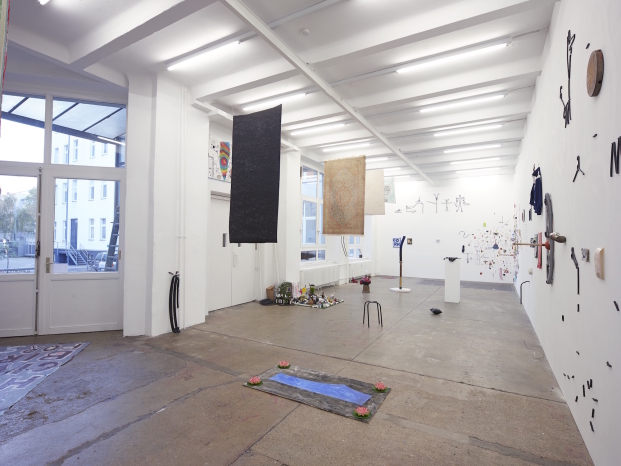
Adriano Costa, "StorytellingCaipira"
Installation view at Supportico Lopez, Berlin 2016
Installation view at Supportico Lopez, Berlin 2016
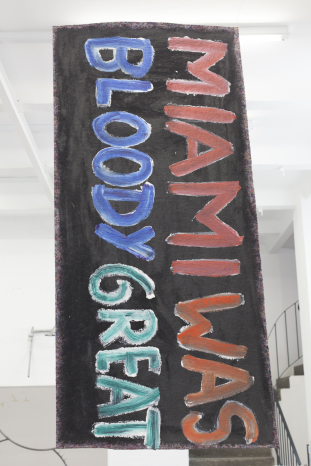
Adriano Costa
YesItWas (TapestrySeries), 2016
acrylic on felt
217 x 101.5 cm
YesItWas (TapestrySeries), 2016
acrylic on felt
217 x 101.5 cm
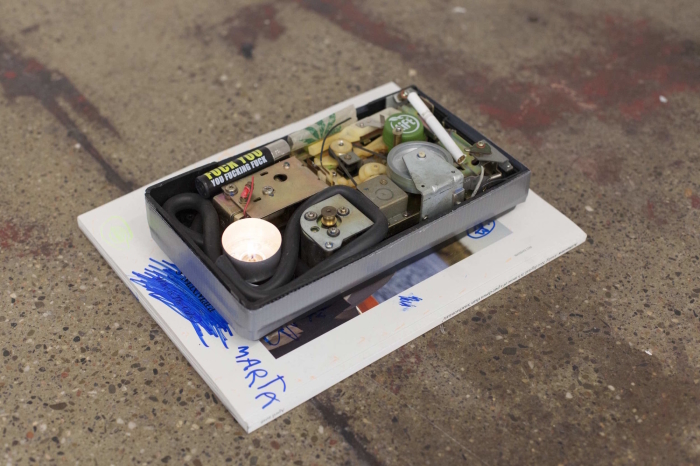
Adriano Costa
LoveBox
2016
Mixed media
30 x 23 x 6 cm
LoveBox
2016
Mixed media
30 x 23 x 6 cm
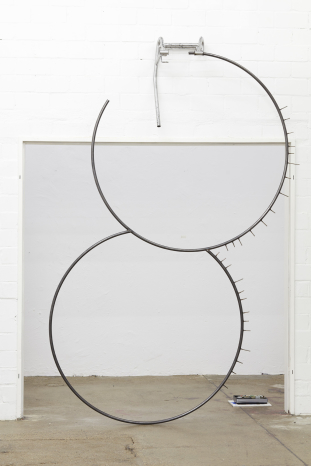
Adriano Costa
EnormousBalls, 2016
steel and iron
278 x 180 x 22 cm
EnormousBalls, 2016
steel and iron
278 x 180 x 22 cm
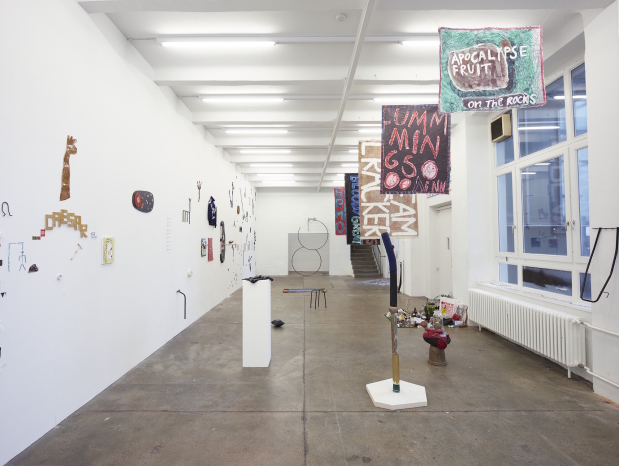
Adriano Costa, "StorytellingCaipira"
Installation view at Supportico Lopez, Berlin 2016
Installation view at Supportico Lopez, Berlin 2016
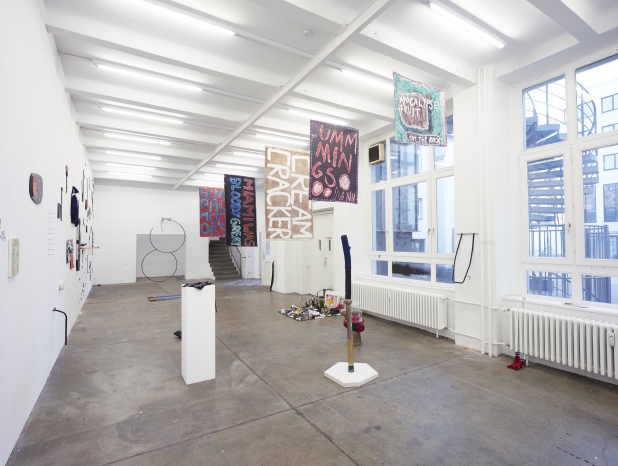
Adriano Costa, "StorytellingCaipira"
Installation view at Supportico Lopez, Berlin 2016
Installation view at Supportico Lopez, Berlin 2016